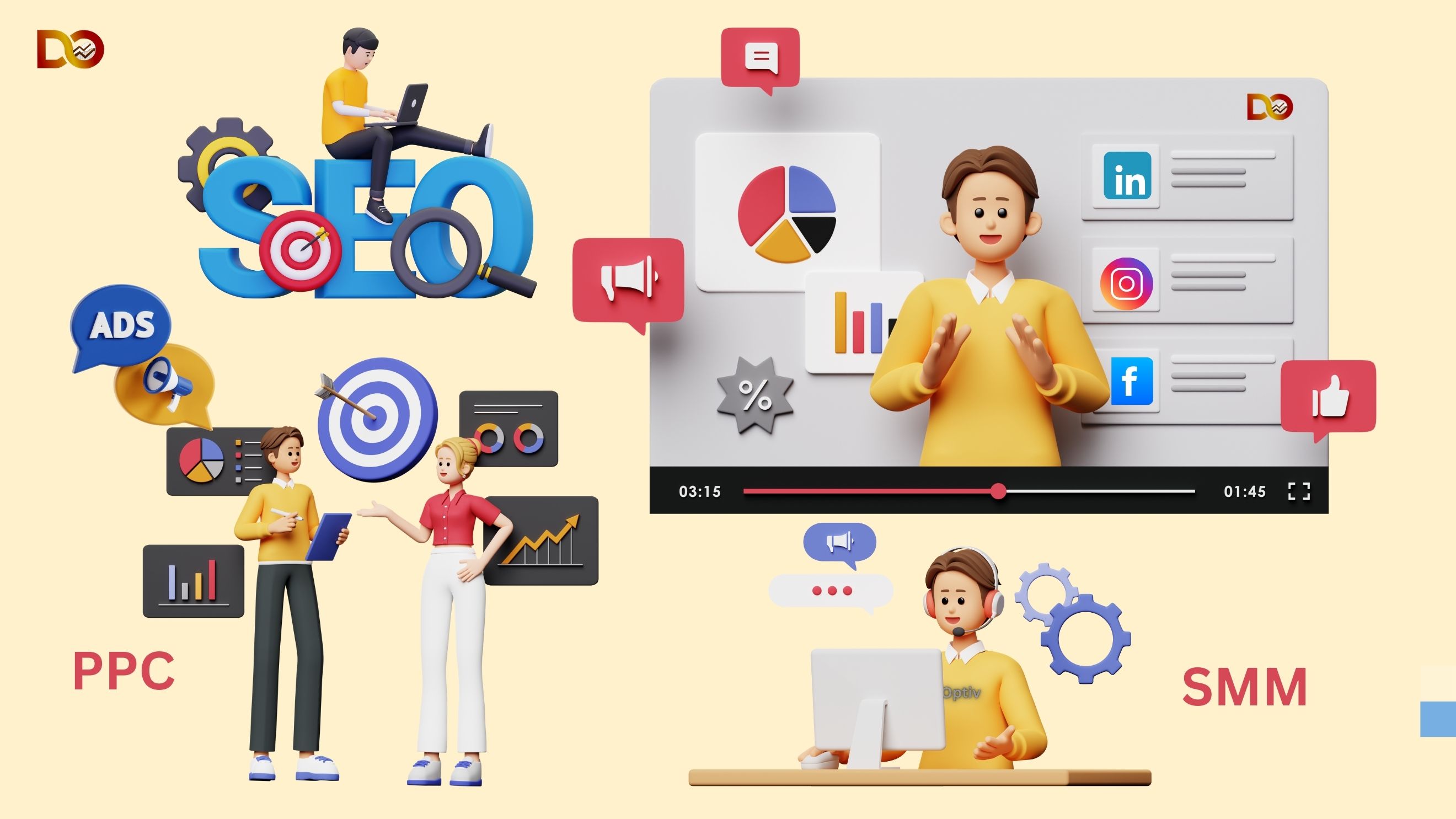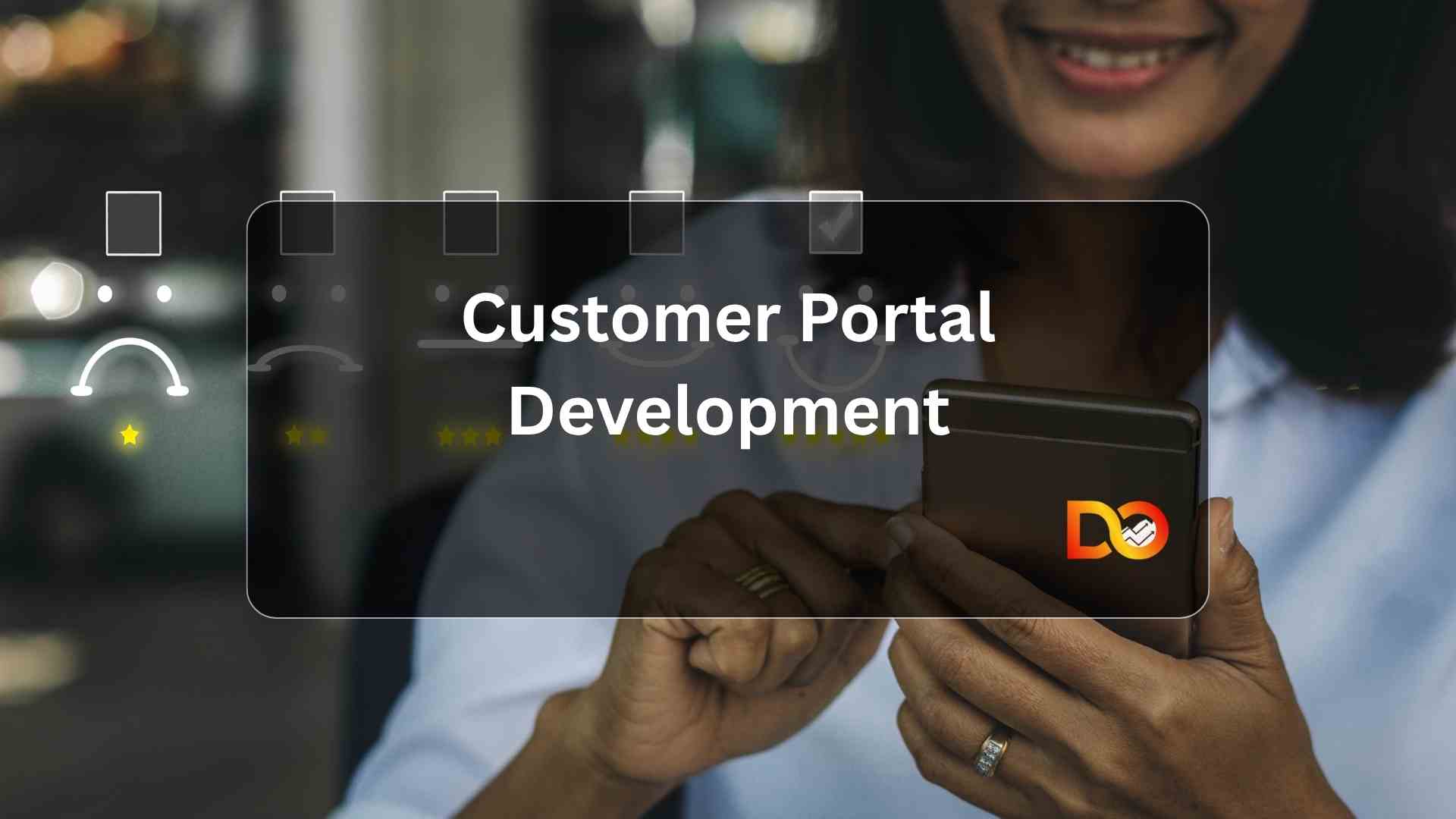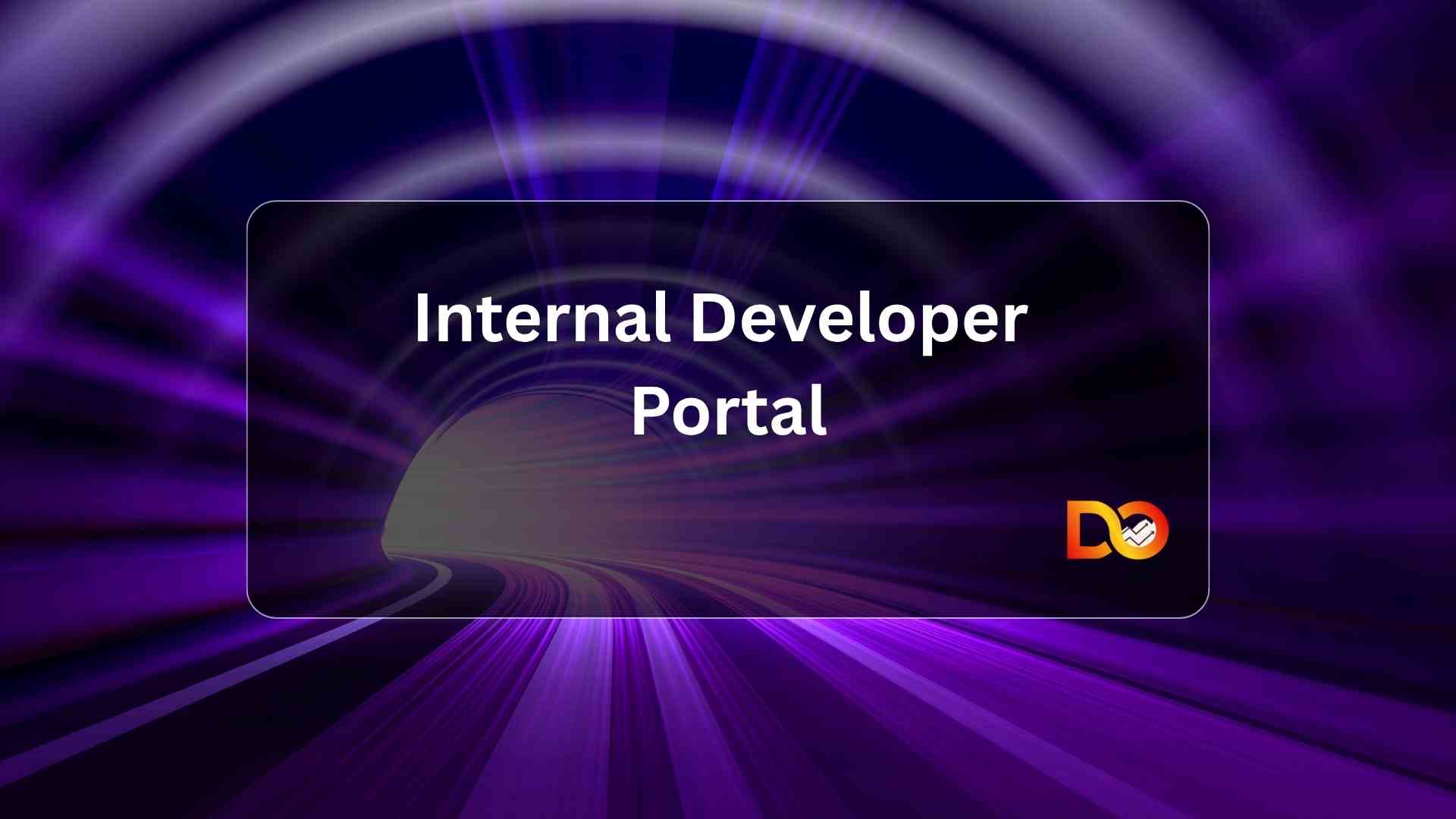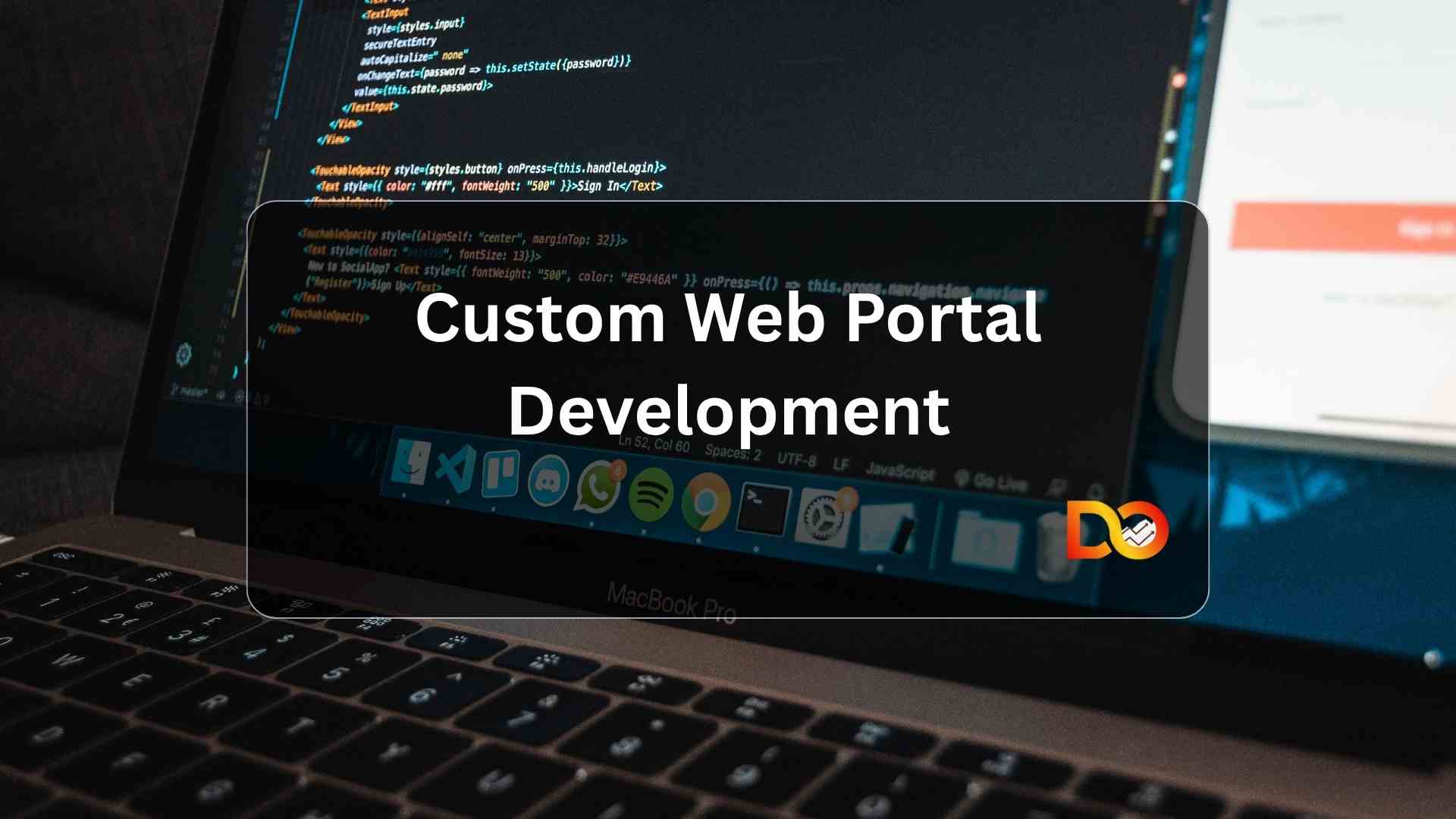
With the rise of Artificial Intelligence (AI), some claim that digital marketing is losing its impact on business and will eventually be replaced by AI-driven systems. However, it’s important to remember that content is king, and AI depends on pre-existing human-created content for its training. AI doesn’t innovate independently—it analyzes and repurposes existing information. This perspective highlights why digital marketing remains crucial for businesses, even in 2025.
What is Digital Marketing?
Before exploring how digital marketing benefits businesses, let’s understand its core components. Digital marketing revolves around content and can be broadly divided into two main types:
- Text-Based Content: Utilized for blogs, articles, and web pages, this type of content helps establish authority and attract traffic through search engines. To ensure visibility, businesses optimize their content using Search Engine Optimization (SEO) strategies to rank higher on Google and other search engines.
- Visual Content (Videos and Photos): Visual elements dominate platforms like LinkedIn, Facebook, Instagram, and Pinterest. These mediums require effective Social Media Management (SMM) strategies to maximize engagement and visibility.
How Digital Marketing Works
Digital marketing employs various channels and strategies to promote products and services. These include:
- SEO (Search Engine Optimization): Enhancing website visibility to rank higher in search engine results pages (SERPs).
- SMM (Social Media Management): Leveraging social platforms to share content, build relationships, and engage audiences.
- PPC (Pay-Per-Click) Advertising: Running targeted ads to drive traffic and conversions. Businesses invest in PPC when they’re confident that their product or service meets demand and is likely to convert visitors into customers.
As we know in today’s modern digital era, Search Engine Optimization (SEO) is not just a buzzword; it is the cornerstone of online visibility and growth. Businesses worldwide are leveraging SEO to rank higher in search engine results, attract organic traffic, and achieve sustainable growth. At Devoptiv, we specialize in providing digital marketing solutions, including SEO, to help businesses thrive online. This guide breaks down the fundamentals of SEO and provides actionable insights for beginners.
What is SEO?
SEO stands for Search Engine Optimization, the process of optimizing content to appear in a search engine’s organic results. Think of search engines like libraries that store information about web pages. When a user searches for something, the search engine scans its indexed pages and presents the most relevant results. SEO helps search engines understand that your page deserves to be at the top of the results.
Why is SEO Important?
- Free Traffic: Unlike paid advertisements, organic traffic costs nothing.
- Consistency: Once your website ranks high, the traffic remains steady compared to the spikes and drops seen with social media or email marketing.
- Massive Reach: With billions of internet users worldwide, SEO connects you to a vast audience actively seeking your services or products.
Key Components of SEO
1. Keyword Research
Keywords are the foundation of SEO—the phrases and words people type into search engines. For example, someone looking for a pair of running shoes might search for terms like “men’s running shoes” or “best running shoes for beginners.” (freely plan your keywords)
To ensure your SEO efforts are fruitful:
- Use tools like Ahrefs to find keywords with high search demand.
- Assess the business potential of a keyword: Does it align with your services? For instance, a term like “buy used golf clubs” would have a higher business value for a seller of used golf equipment than a term like “what is a handicap in golf.”
- Check the traffic potential by analyzing how much traffic the top-ranking pages receive for your desired keyword.
2. On-Page SEO
On-page SEO involves optimizing your website’s content and structure. This includes:
- Content Relevance: Satisfying the searcher’s intent by matching their query. For instance, if someone searches for “best slow cooker recipes,” your page should feature a list of recipes rather than a product page.
- Meta Tags: Titles, descriptions, and headers that clearly describe your content and entice users to click.
- Internal Links: Connecting related pages on your site to improve navigation and spread link authority.
- Readability: Ensure your content is easy to read, with short paragraphs, clear subheadings, and a conversational tone.
3. Link Building
Google considers backlinks—links from other websites to yours—as votes of confidence. Pages with many quality backlinks generally rank higher. Here are some essentials:
- Backlinks should come from relevant and authoritative sources. For example, a link from a well-known digital marketing blog is more valuable than a link from an unrelated website.
- Use outreach and create compelling content to attract organic backlinks.
4. Technical SEO
Technical SEO focuses on ensuring your site can be easily crawled and indexed by search engines. Best practices include:
- Creating a clear site structure.
- Optimizing page load speeds.
- Ensuring your website is mobile-friendly.
What is Social Media Marketing?
Social Media Marketing involves using social media platforms to promote a brand, product, or service. It encompasses various activities, including creating content, running ads, and engaging with users to build relationships and achieve marketing goals. SMM strategies can range from organic efforts like regular posting to paid campaigns that amplify reach and visibility.
How Does SMM Work?
SMM operates on the principle of connecting with audiences where they spend their time online. Businesses create tailored content and campaigns to capture attention and drive specific actions, such as visiting a website, purchasing a product, or sharing content. Here are the key steps in SMM:
- Platform Selection: Choose platforms that align with your target audience’s preferences and behavior.
- Content Creation: Develop engaging content in formats like images, videos, stories, or live streams.
- Audience Targeting: Use platform-specific tools to define demographics, interests, and behaviors.
- Engagement and Interaction: Foster two-way communication by responding to comments, messages, and mentions.
- Performance Tracking: Monitor metrics like reach, engagement, and conversions to refine strategies.
Popular Social Media Platforms
- Facebook: A versatile platform for businesses of all sizes, offering features like Pages, Groups, and Marketplace. Facebook Ads enable precise targeting for both B2C and B2B audiences.
- Instagram: Known for its visual appeal, Instagram is ideal for brands focusing on lifestyle, fashion, and e-commerce. Features like Stories, Reels, and Shopping enhance engagement.
- LinkedIn: The go-to platform for B2B marketing, LinkedIn facilitates networking and professional content sharing. Ads on LinkedIn target users based on job titles, industries, and skills.
- Twitter: Best suited for real-time updates and customer engagement, Twitter is popular for sharing news, insights, and short-form content.
- TikTok: A rapidly growing platform for short, creative videos, TikTok is particularly effective for reaching younger audiences.
- Pinterest: A visual discovery platform, Pinterest excels in driving traffic for industries like home decor, fashion, and food.
Types of SMM Strategies
- Organic Content Marketing: Regularly posting valuable, relevant, and engaging content to build relationships and grow your audience.
- Paid Social Advertising: Running targeted ad campaigns to reach specific audiences and achieve measurable outcomes like website traffic or lead generation.
- Influencer Collaborations: Partnering with influencers who align with your brand to expand reach and credibility.
- Social Media Contests and Giveaways: Encouraging user participation to boost engagement and brand awareness.
- User-Generated Content (UGC): Leveraging content created by customers to build trust and authenticity.
- Live Streaming: Hosting real-time videos to showcase products, answer questions, or connect with audiences directly.
Understanding Pay-Per-Click (PPC) Advertising: Insights, Platforms, and Ad Types
Pay-Per-Click (PPC) advertising is a fundamental component of digital marketing, offering businesses a direct and measurable way to connect with their target audience. This article explores what PPC is, how it works, the platforms that support it, and the different types of ads businesses can leverage.
What is PPC?
Pay-Per-Click (PPC) is an online advertising model where advertisers pay a fee each time their ad is clicked. Essentially, it’s a way to buy visits to your site, rather than attempting to earn those visits organically. PPC ads are typically displayed on search engine results pages (SERPs), social media platforms, and other websites, helping businesses gain visibility and drive traffic to their digital properties.
How Does PPC Work?
PPC operates on a bidding system. Advertisers bid on keywords relevant to their business, and search engines use algorithms to determine which ads are displayed based on factors like bid amount, ad relevance, and quality score. Here’s a simplified breakdown of how PPC campaigns work:
- Keyword Selection: Advertisers identify keywords their target audience is likely to use when searching for their products or services.
- Ad Auction: When a user enters a search query, an automated auction determines which ads appear based on relevance and bids.
- Cost Per Click (CPC): Advertisers pay a predetermined amount each time a user clicks on their ad.
- Ad Placement: Ads are displayed prominently, often at the top of SERPs or within social media feeds.
Popular PPC Platforms
Several platforms support PPC advertising, each offering unique features and audience targeting options:
- Google Ads: The most widely used PPC platform, Google Ads allows advertisers to display ads on Google’s search engine and partner sites. It offers options for search ads, display ads, shopping ads, and video ads.
- Microsoft Advertising (Bing Ads): Similar to Google Ads, Microsoft Advertising provides PPC options for search engines like Bing, Yahoo, and AOL, often at a lower cost per click.
- Facebook Ads: Facebook’s PPC model targets users based on demographics, interests, and behaviors. Ads appear in users’ feeds, stories, and sidebars.
- Instagram Ads: Managed through Facebook Ads Manager, Instagram ads are ideal for visually engaging campaigns and appeal to a younger audience.
- LinkedIn Ads: LinkedIn’s PPC platform is tailored for B2B marketers, offering precise targeting based on job titles, industries, and professional interests.
- Amazon Advertising: Designed for e-commerce, Amazon’s PPC options include sponsored products, brands, and display ads.
Types of PPC Ads
- Search Ads: These are text-based ads that appear on search engine results pages when users search for specific keywords. Search ads are ideal for targeting users actively seeking a product or service.
- Display Ads: These visually engaging ads appear on websites within the Google Display Network or other ad networks. They are often used for brand awareness and retargeting.
- Shopping Ads: These ads showcase product images, prices, and descriptions, often appearing at the top of search engine results. They are highly effective for e-commerce businesses.
- Video Ads: Typically hosted on platforms like YouTube, video ads are powerful for storytelling and capturing user attention.
- Social Media Ads: These include image, carousel, and video ads displayed on platforms like Facebook, Instagram, Twitter, and LinkedIn, targeting users based on platform-specific data.
- Remarketing Ads: These ads target users who have previously visited your website or interacted with your brand, encouraging them to complete a desired action.
- Native Ads: These ads blend seamlessly with the content of the website or platform, providing a non-disruptive user experience.
Digital Marketing Platforms for 2025
- Google Search and Display Network: Essential for SEO and PPC campaigns.
- Social Media Platforms: Facebook, Instagram, LinkedIn, Twitter, Pinterest, and TikTok continue to dominate SMM efforts.
- YouTube: The go-to platform for video marketing, storytelling, and reaching a global audience.
- Email Marketing Tools: Platforms like Mailchimp and HubSpot for targeted email campaigns.
Key Benefits of Digital Marketing in 2025
- Precise Targeting: AI-enhanced tools in digital marketing allow businesses to target specific demographics, interests, and behaviors with unmatched precision. This ensures that marketing efforts reach the most relevant audience.
- Cost-Effective Campaigns: Digital marketing platforms offer flexible budget options, making it accessible for businesses of all sizes. Organic SEO and social media efforts remain cost-effective compared to traditional advertising.
- Data-Driven Insights: AI and analytics tools empower marketers to track performance in real-time. Metrics like engagement rates, conversions, and ROI can be analyzed to optimize strategies.
- Engagement and Relationship Building: Platforms like Instagram and LinkedIn foster direct communication with customers, building loyalty and trust.
- Adaptability to Trends: Digital marketing’s dynamic nature enables businesses to adapt quickly to changing market trends and consumer preferences.
Conclusion
Digital marketing remains indispensable in 2025. While AI continues to enhance marketing strategies, the human touch—creativity, innovation, and authenticity—remains irreplaceable. By combining AI tools with compelling content, businesses can maximize their marketing potential, ensuring sustained growth and relevance in a competitive digital landscape.
Looking to expand scale your business boost sales either you sell products or offer services
Digital marketing is essential for every business or individual aiming to establish an online presence, especially for those being searched on Google. Don’t miss out on leveraging its potential! Learn more at Devoptiv.
👉Check DevOptiv’s services




